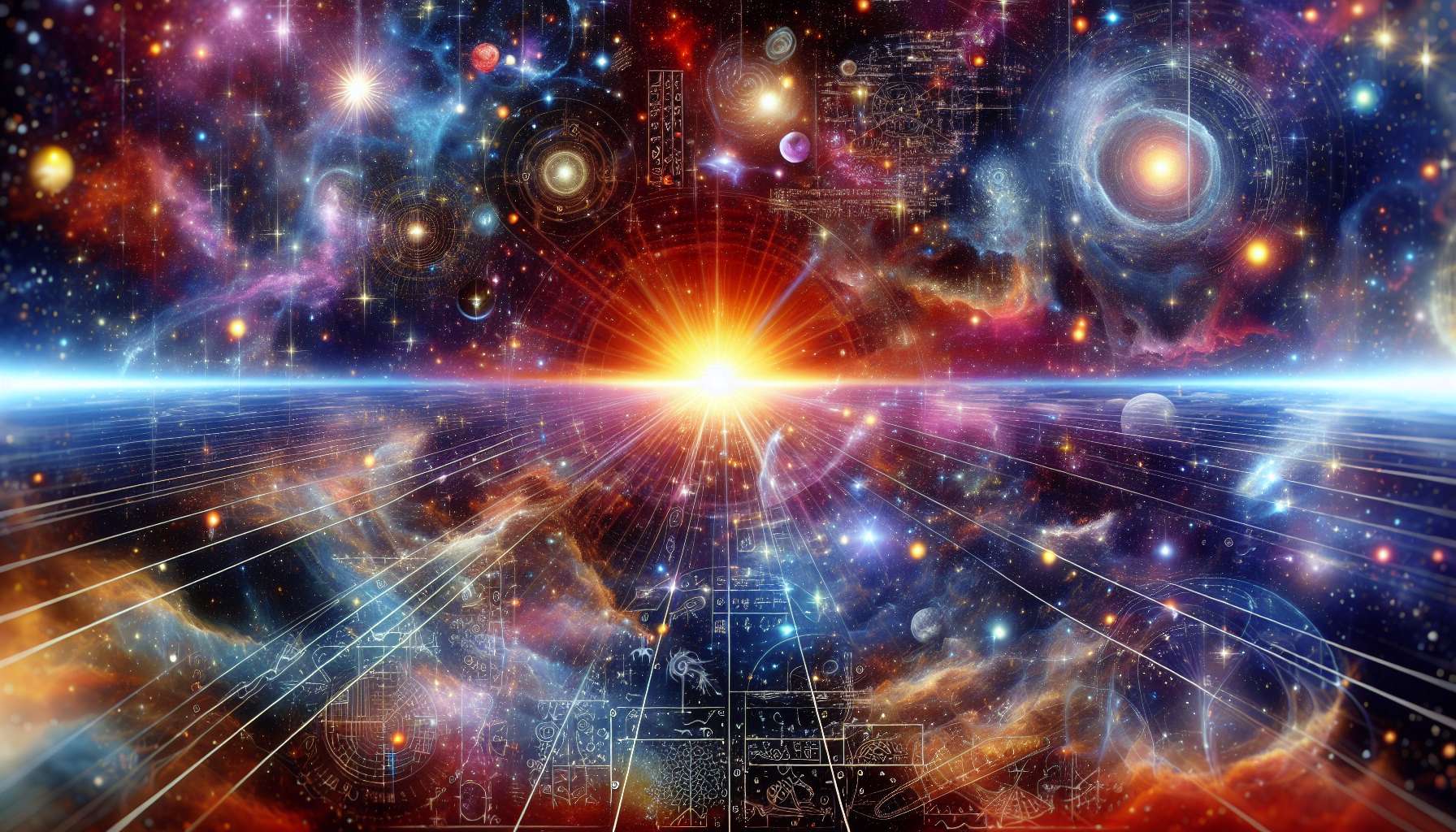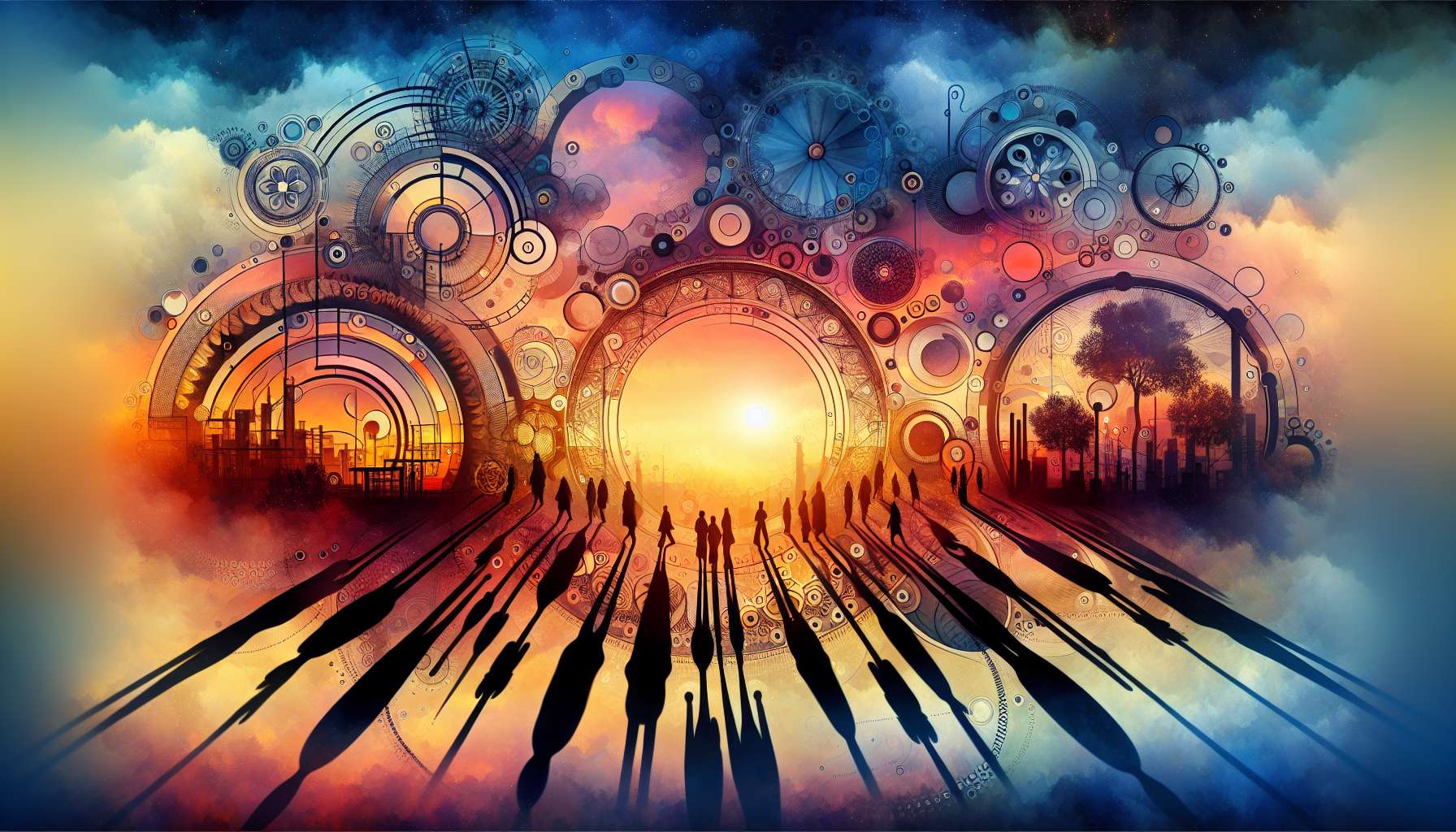Exploring the Magic of Dusk
As the sun begins its descent below the horizon, painting the sky in a myriad of hues, a sense of calm and wonder envelops the world. Dusk, that magical time between day and night, has captivated humanity for centuries with its mystical beauty and transformative qualities. In this article, we delve deep into the enchanting realm of dusk, exploring its various facets, significance, and the profound impact it has on our lives.
The Science Behind Dusk
At its core, dusk is a phenomenon caused by the Earth’s rotation and its position relative to the sun. As the sun moves further away from our location, its light is scattered by the Earth’s atmosphere, creating the breathtaking colors that adorn the sky during dusk. This scattering of light is what gives rise to the vibrant oranges, pinks, and purples that mark this transitional period.
During dusk, the sun’s rays have to travel through a greater thickness of the Earth’s atmosphere, filtering out shorter wavelengths of light such as blue and green, while allowing longer wavelengths like red and orange to prevail. This interplay of light and atmosphere creates a spectacle that is both awe-inspiring and ephemeral, reminding us of the beauty and fragility of our planet.
Cultural Significance of Dusk
Throughout history, dusk has held a special place in the hearts of many cultures around the world. In ancient civilizations, dusk was often associated with the transition between the physical realm and the spiritual one, a time when the veil between worlds was believed to be at its thinnest. Rituals and ceremonies were conducted during dusk to honor the gods, seek guidance from the ancestors, or mark important events such as solstices and equinoxes.
In modern times, dusk continues to hold cultural significance, albeit in a more secular context. Many people find solace and inspiration in the beauty of dusk, using this time to reflect, meditate, or simply unwind after a long day. Artists, poets, and writers have long been inspired by the magical quality of dusk, using it as a metaphor for transition, change, and the passage of time.
The Psychological Impact of Dusk
Psychologically, dusk plays a crucial role in regulating our internal body clocks and preparing us for the night ahead. As the light fades and darkness creeps in, our bodies naturally start to produce melatonin, the hormone responsible for inducing sleep. This natural transition from day to night helps us wind down, relax, and prepare for a restful night’s sleep.
Moreover, the calming colors and gentle light of dusk have been shown to have a positive effect on our mood and well-being. Studies have found that exposure to natural light during dusk can reduce stress, anxiety, and depression, while enhancing our sense of connection to the world around us. By immersing ourselves in the beauty of dusk, we can cultivate a sense of peace, mindfulness, and gratitude for the present moment.
Photography and Dusk
One of the most popular ways to capture the magic of dusk is through photography. The soft, diffused light of dusk creates a perfect setting for stunning landscapes, portraits, and cityscapes. Photographers often refer to the “golden hour,” the period shortly before sunset or after sunrise when the light is at its most magical and flattering.
By using the warm, ambient light of dusk, photographers can create dramatic silhouettes, vibrant colors, and striking contrasts in their images. Whether shooting a sunset over the ocean, a city skyline at twilight, or a portrait against the fading light, dusk offers endless opportunities for creative expression and visual storytelling.
Environmental Impact of Dusk
From a conservation perspective, dusk plays a crucial role in the natural world. Many species of plants and animals are specially adapted to the changing light conditions of dusk, using this time to forage, hunt, or seek shelter. Nocturnal animals such as bats, owls, and fireflies are most active during dusk, relying on the cover of darkness to carry out their activities.
Additionally, dusk serves as a vital time for pollinators such as bees and butterflies, as they search for nectar-rich flowers before nightfall. By protecting and preserving natural habitats that are essential for dusk-active species, we can ensure the continued health and diversity of ecosystems around the world.
Artificial Light Pollution and Dusk
However, the increasing presence of artificial light in our cities and urban areas poses a significant threat to the beauty and ecological balance of dusk. Light pollution, caused by excessive or misdirected artificial light, can disrupt the natural rhythms of plants and animals, interfere with astronomical observations, and have adverse effects on human health.
By reducing light pollution through the use of shielded fixtures, energy-efficient lighting, and smart urban planning, we can preserve the sanctity of dusk and allow its magic to shine through. Whether it’s by dimming street lights, turning off unnecessary outdoor lighting, or supporting dark sky initiatives, each of us can play a role in protecting the beauty of dusk for future generations.
Expert Opinions
Renowned astronomer and science communicator Neil deGrasse Tyson once said, “Twilight, a time of pause when nature changes its guard. All living things would fade and die from too much light or too much dark, if twilight were not.” This sentiment captures the essence of dusk as a time of transition, balance, and beauty that is essential for life on Earth.
Environmental activist and author Rachel Carson also recognized the importance of dusk in her seminal work, “Silent Spring.” She wrote, “Those who contemplate the beauty of the earth find reserves of strength that will endure as long as life lasts.” Carson’s words remind us of the profound connection between nature, beauty, and our own well-being, all of which are embodied in the magic of dusk.
Conclusion
To wrap things up, exploring the magic of dusk reveals a world of wonder, beauty, and significance that transcends the boundaries of time and space. From its scientific underpinnings to its cultural symbolism, psychological impact, and environmental importance, dusk offers a rich tapestry of experiences and insights for us to discover and cherish.
As we pause to witness the fading light of day and the emergence of night, let us remember the magic of dusk and the wisdom it imparts. Let us savor the fleeting moments of beauty and tranquility that dusk brings, and strive to protect and preserve this precious time for generations to come.




